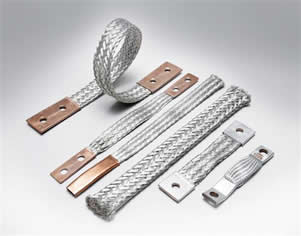Sparky1981
PE
- Location
- Denver, CO
- Occupation
- Electrical/Lighting Engineer
Working on a project where there is a removable basketball hoop as a play feature at the pool. It is within 5' of the pools edge. The way I interpret 680.26 is that the bonding is only required for fixed and permanent structures. So in this case the metal sleeve that the basketball hoop slips into needs to be bonded. The pole itself does not. And really it will be in contact with the sleeve anyway so I dont see a need for anything more than bonding the sleeve. Does this sound correct?


